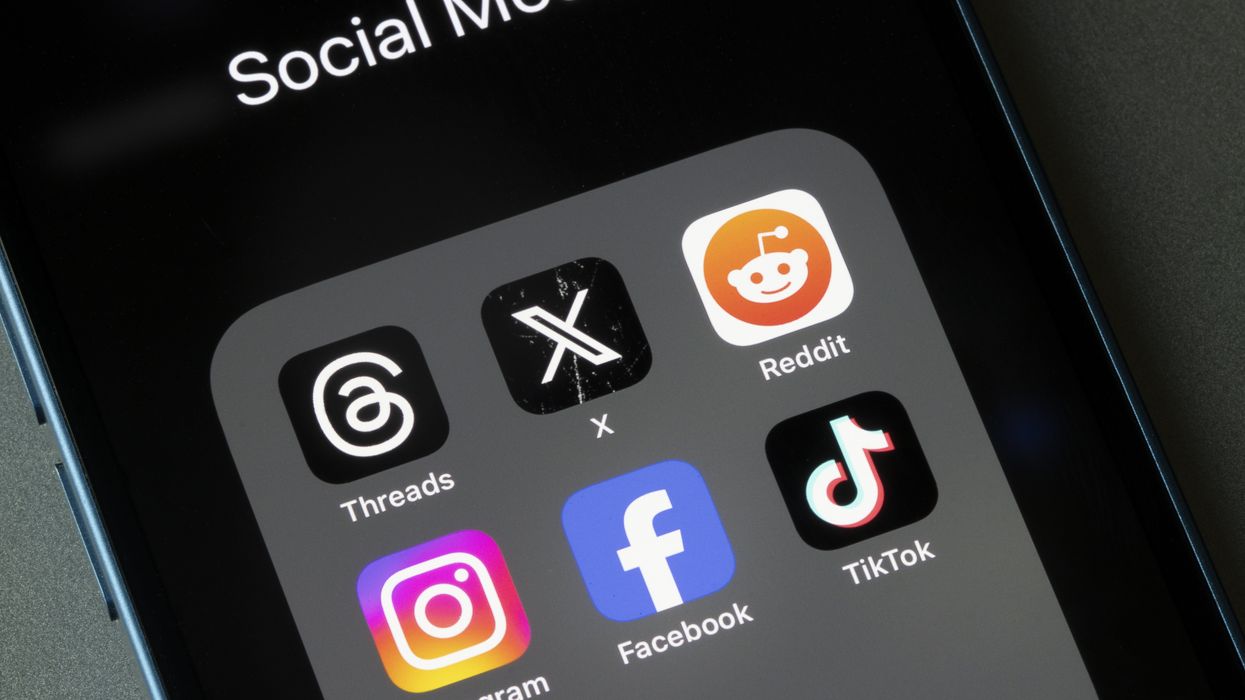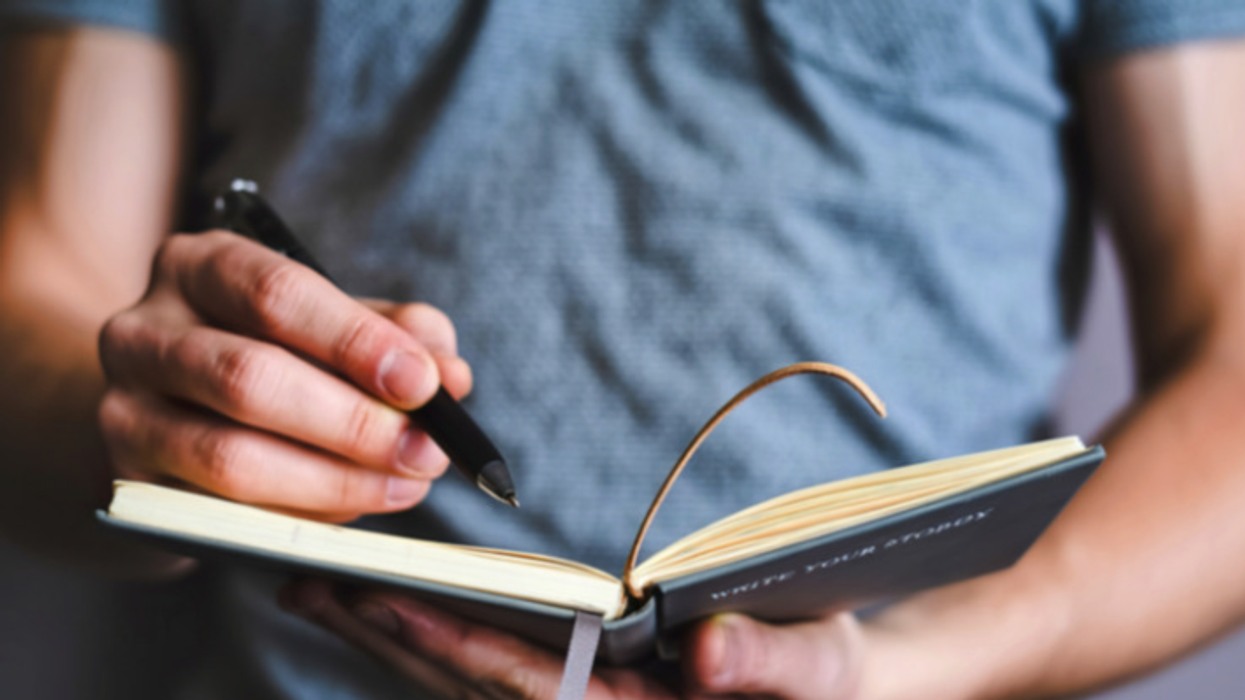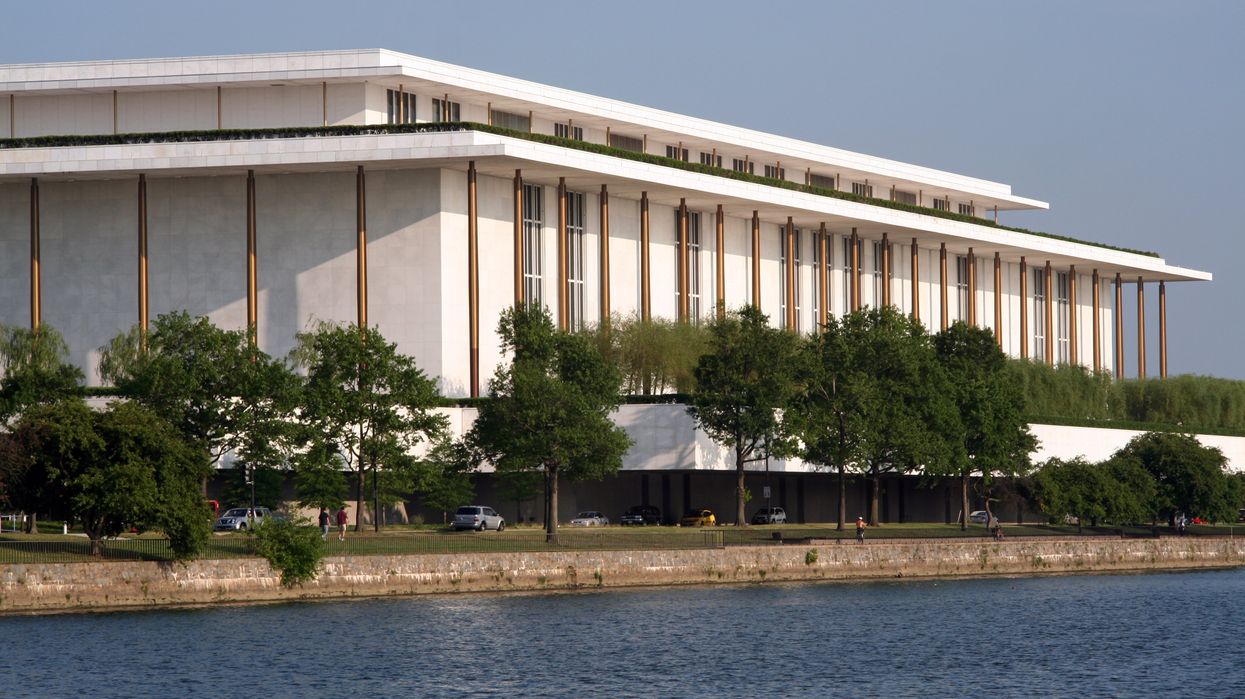Dr. Jones is a grassroot urban planner, architectural designer, and public policy advocate. She was recently a public voice fellow through The OpEd Project.
Despite the breathtaking beauty of our world, many young people remain oblivious to it, ensnared by the all-consuming grip of social media. A recent Yale Medicine report revealed the rising negative impact social media has on teens, as this digital entrapment rewires their brains and leads to alarming mental and physical health struggles. Tragically, they are deprived of authentic life experiences, having grown up in a reality where speculation overshadows genuine interactions.
For the sake of our society’s future, we must urgently curb social media’s dominance and promote real-world exploration through urban planning that ensures accessible, enriching environments for all economic levels to safeguard the mental and physical health of the young.
Social media’s virtual world is a dangerous place. Just as discriminatory policies can shape city planning, social media has crafted densely populated online environments that become breeding grounds for social chaos and disarray.
These virtual communities frequently carry the burden of social distress, reinforcing stereotypical problems closely associated with poverty, misbehavior and propaganda. Our responsibility lies in leveraging the potential of social media while preserving the values of genuine human connection and a harmonious living environment.
Europe’s innovative approaches in tackling the impact of social media on well-being could offer valuable insights for the United States. By drawing from Europe’s playbook, the U.S. has an opportunity to safeguard society against self-harm stemming from online platforms and to proactively foster the creation of communities through city planning design and programs that promote mental health. This is especially crucial in light of the deteriorating mental health trends observed among Americans.
In her seminal work, “ The Death and Life of Great American Cities,” prolific and influential urban planner Jane Jacobs articulated that urban planning had neglected and oversimplified the intricate nature of human lives within diverse communities. Similarly, social media, initially designed to enhance information accessibility, has evolved into a dual-edged tool. It facilitates the spread of misinformation while also contributing to mental and physical well-being issues, exemplifying the complexity of its impact on society. The rapid flow of information facilitated by social media has led to a decline in individuals’ capacity to focus and concentrate, encouraging quick, surface-level responses to situations that can significantly impact their personal well-being and livelihoods.
As inherently social beings, we possess an intrinsic requirement for human interaction and a certain degree of problem-solving that drives our continual advancement. The convenience of easily accessible social information has led to a sense of complacency that not only impacts our emotional state but also profoundly reshapes the neural pathways within the cerebral cortex of our brains. In various cases, something as seemingly innocuous as regularly consuming content on platforms like TikTok and Instagram has been scientifically demonstrated to disrupt our capacity to actively engage both socially and intellectually.
Furthermore, the introduction of artificial intelligences has intensified individuals’ willingness to rely on pre-established sources, thereby potentially diminishing their inclination for independent thought. This development prompts contemplation on the relationship between historical elite party discouragement of free thinking and the current trend of individuals overlooking creative and critical thinking beyond what major tech platforms promote.
Similar to the way community design addresses certain aspects of citizens’ fundamental needs, social media also offers attributes that cater to these needs. However, both social media and city planning can sometimes introduce benefits that inadvertently lead to detrimental effects. For instance, they can inadvertently contribute to widespread gentrification through practices resembling colonization such as constructing highways that disrupt entire neighborhoods. This process undermines the sustainability of communities, subsequently positioning social media as a distraction for citizens, exacerbating the ongoing erosion of societal foundations.
Effective urban planning for communities necessitates a comprehensive investment in various dimensions, including mental, physical, economic and structural aspects of the living environment. While social media has its role, it shouldn’t replace or overshadow in-person communal interactions on both professional and personal fronts. It’s crucial to reassess the way social media is consumed so that it serves as a tool for enriching thought rather than shaping it entirely.
By prioritizing community design, there’s an opportunity to create environments where social media coexists with interactive and sustainable communities. This approach can facilitate holistic experiences that integrate online platforms with physical spaces. It’s incumbent upon us to prevent social media from oversimplifying society and fostering a detachment from the real world and the people within it.




















